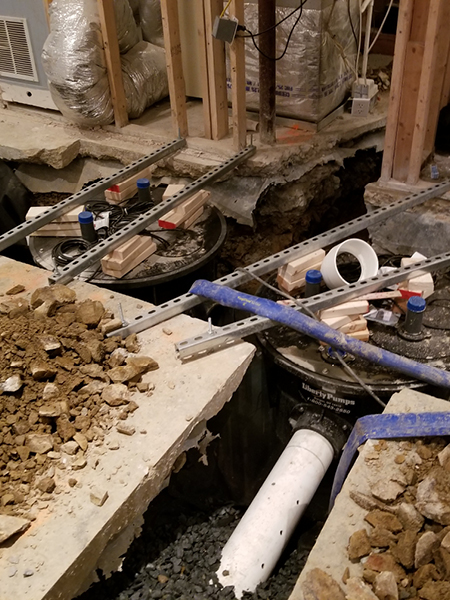Sub-Slab Drainage Systems: Design and Construction Considerations

Many buildings have enclosed below-grade spaces that can be exposed to permanent, temporary, or perched groundwater conditions. These groundwater elevations can fluctuate several feet, if not more, due to precipitation or tidal influences. Groundwater infiltration into these below-grade spaces, or worse, a buoyancy failure of the basement slab, can result in potentially costly problems for building owners and tenants if not handled appropriately.
Failure to adequately address high groundwater conditions can lead to the disruption of building operations, damage to interior finishes, deterioration of structural and mechanical components, and potential interior air quality issues. Unfortunately, it is not always clear who should lead the design efforts, since architects and plumbing, geotechnical, structural, and civil engineers may all be involved in the system design. In this webinar, we will focus on the design elements of sub-slab drainage systems and the multidisciplinary design considerations that are critical to successfully executing its design and construction.
LEARNING OBJECTIVES
After attending this webinar, participants will be able to:
- Identify the components of sub-slab drainage systems.
- Understand when these systems are necessary.
- Discuss the design roles and responsibilities for these systems.
- Review commonly encountered construction conditions.
Participants will earn 1.0 AIA CES Learning Unit (LU/HSW) for attending the live webinar. Registration is free. Please note that space is limited – email events@sgh.com to join our waitlist if the session is closed when you register.

